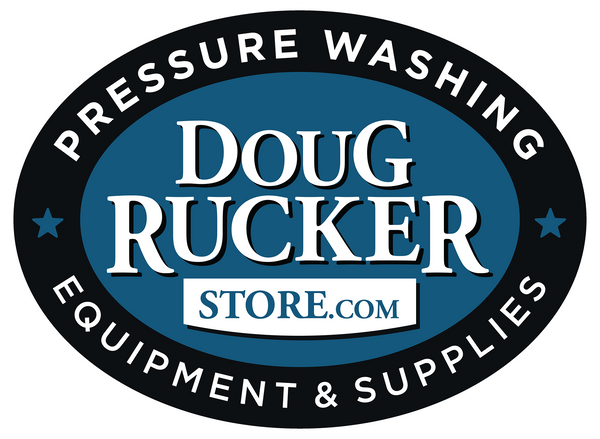
The Ultimate Guide To Winterizing Your Pressure Washer
Share
The Ultimate Guide to Winterizing Your Pressure Washer is crucial to ensure it remains in good working condition during the winter months and beyond. Proper winterization helps protect the machine from potential damage caused by freezing temperatures and extended periods of inactivity. Here are some tips on how to winterize your pressure washer.
- Draining the Tank: Begin by draining the water from the buffer tank. This step is essential to prevent freezing, which can cause serious damage to the pump and other components.
- Blowing Out Plumbing and Hose Lines: Use compressed air, from an air compressor, you can blow out any remaining water from the plumbing, pump, and hose lines. This will help ensure that no water is left to freeze and potentially cause damage.
- Using Antifreeze: I prefer to run a solution of antifreeze through the system to provide protection against freezing. I prefer using a fully concentrated Anti Freeze. Some guys will use RV/Marine Anti Freeze or Non Concentrated Anti Freeze. But there are reports of machines still freezing using this. Be sure to run the anti freeze through the bypass hose as well. So you'll need to turn your ball valve off, so that it goes into bypass. Once done, leave you ball valve in the open position.
- Cleaning Filters and Nozzles: This is also a good time to remove and clean the filters and nozzles to prevent any debris or mineral buildup that could affect the pressure washer's performance when you get back to work.
MORE STEPS TO TAKE
- Protecting from Rodent Damage: If you have an open trailer or truck rig, inspect the pressure washer for any potential entry points for rodents and take measures to protect the machine from nesting or damage.
- Disconnecting the Battery: If your pressure washer is equipped with a battery, disconnect it to prevent drainage and potential damage during storage.
- Fuel tanks: For gas-powered pressure washers, it's important to follow additional steps such as stabilizing the fuel. If you have a machine with a fuel shut off, I recommend while running the machine, with water coming out of your ball valve, turn the fuel supply off. This will drain the Carburetor of gas. Any excess gas in the tank should be treated with a fuel stabilizer.
- Cleaning Exposed Surfaces: Thoroughly clean the exterior of the pressure washer to remove any dirt, grime, or chemical residue that may have accumulated during use.
- Storing in a Dry Location: Find a dry and secure location to store your rig during the winter months, such as a garage or shed, to protect it from the elements.
- Following Manufacturer Recommendations: Always consult the manufacturer's guidelines for specific winterization procedures and recommendations tailored to your pressure washer model.
By following The Ultimate Guide to Winterizing Your Pressure Washer, you can help prolong its life. In addition, you will ensure it's ready for use when the warmer weather returns. Remember that proper maintenance and care are essential for keeping your pressure washer in optimal condition, especially during periods of extended storage.
In conclusion, winterizing your pressure washer is a proactive measure that can prevent costly repairs and downtime in the future. Whether you have a gas-powered or electric pressure washer, taking the time to properly winterize it will pay off in the long run by preserving its performance and functionality. We hope The Ultimate Guide to Winterizing Your Pressure Washer is helpful to your business. For a video on this subject, click here. For more training opportunities, check out The Pressure Washing School.
